# Future mobility
The city of the future
How will we live, connect, commute and create in the urban world of tomorrow?
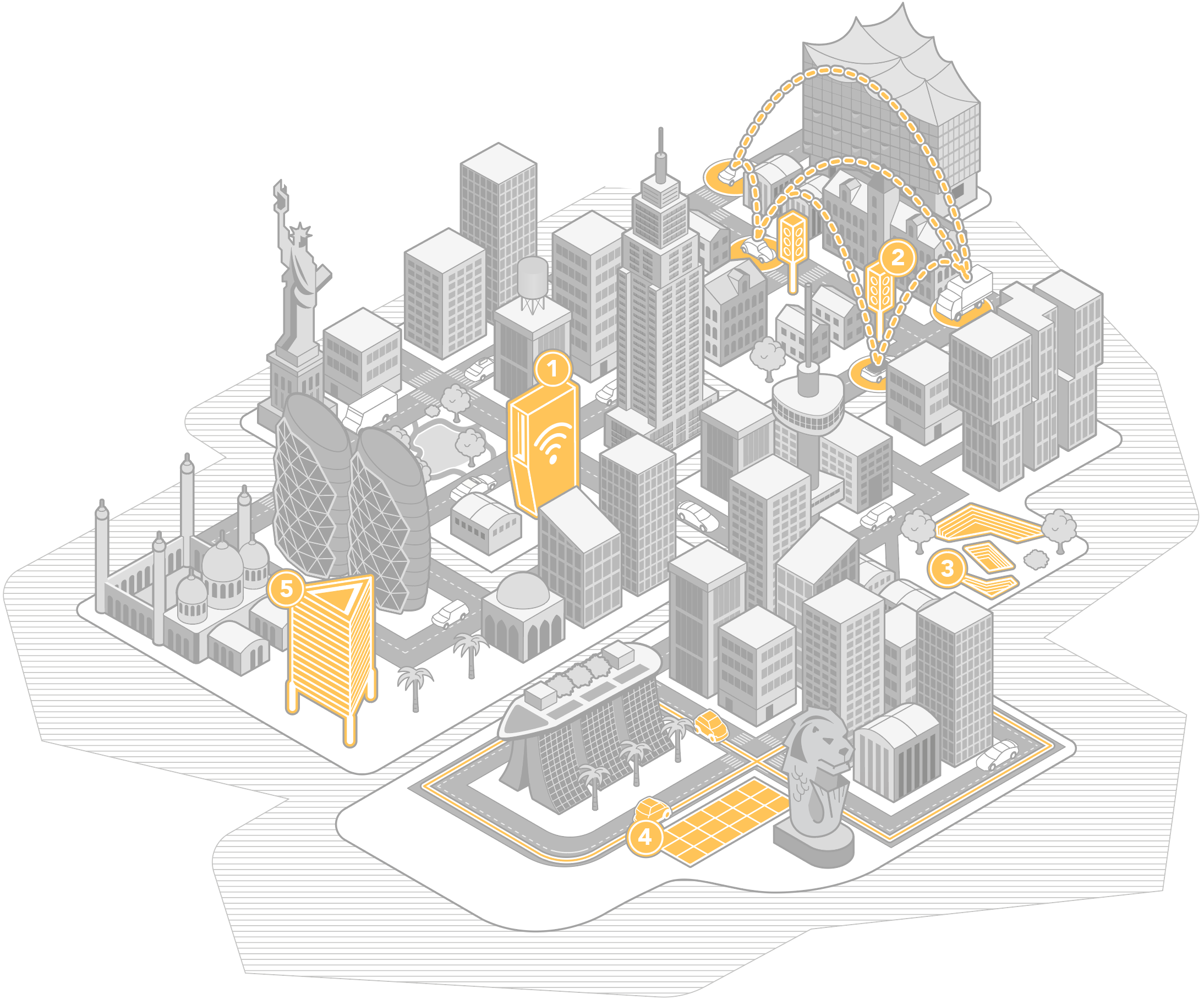
To prepare for increasing population growth, changing demographics and climate change, global cities have to be well-designed, purpose-built and resilient. Long-term urban planning is the first step to successful urbanisation. That is why, when we talk about future cities, we don’t look to flying cars, sci-fi teleportation or space colonies, but to innovations that are already being implemented successfully in smart cities around the world. A truly innovative city model uses the best elements of major urban areas, integrating them into a holistic man-made megacity for the twenty-first century and beyond.
Come join us on a world tour of the cities of tomorrow, powered by innovation.
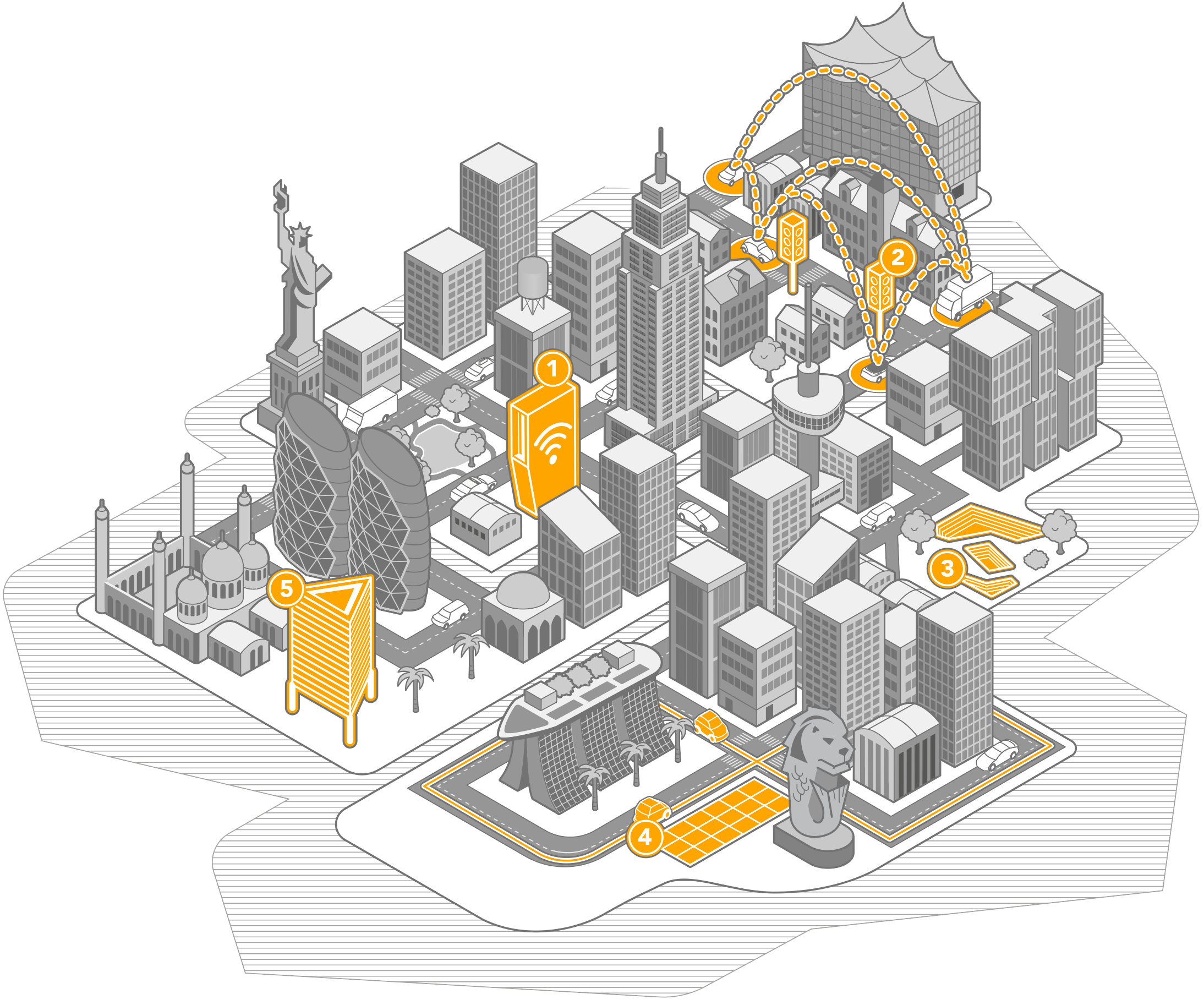 Our vision for a future city has the digital infrastructure of New York City, with the safe, sustainable urban mobility of Smart Climate City Hamburg, built with the forward-looking urban architecture of Rotterdam, the innovative public transport system of Singapore and the eco-city ambitions of Abu Dhabi.
Our vision for a future city has the digital infrastructure of New York City, with the safe, sustainable urban mobility of Smart Climate City Hamburg, built with the forward-looking urban architecture of Rotterdam, the innovative public transport system of Singapore and the eco-city ambitions of Abu Dhabi.
1. Digital infrastructure in New York City
New York has been the epitome of a “modern city” ever since the construction of its first skyscrapers. It’s no coincidence the iconic city centre is always the first to fall victim to disaster movies – and that its citizens are often the ones to save the day before the credits roll. Thanks to the city’s Internet Master Plan NYC isn’t just resilient, its digital infrastructure is ready to support the connected city of tomorrow.
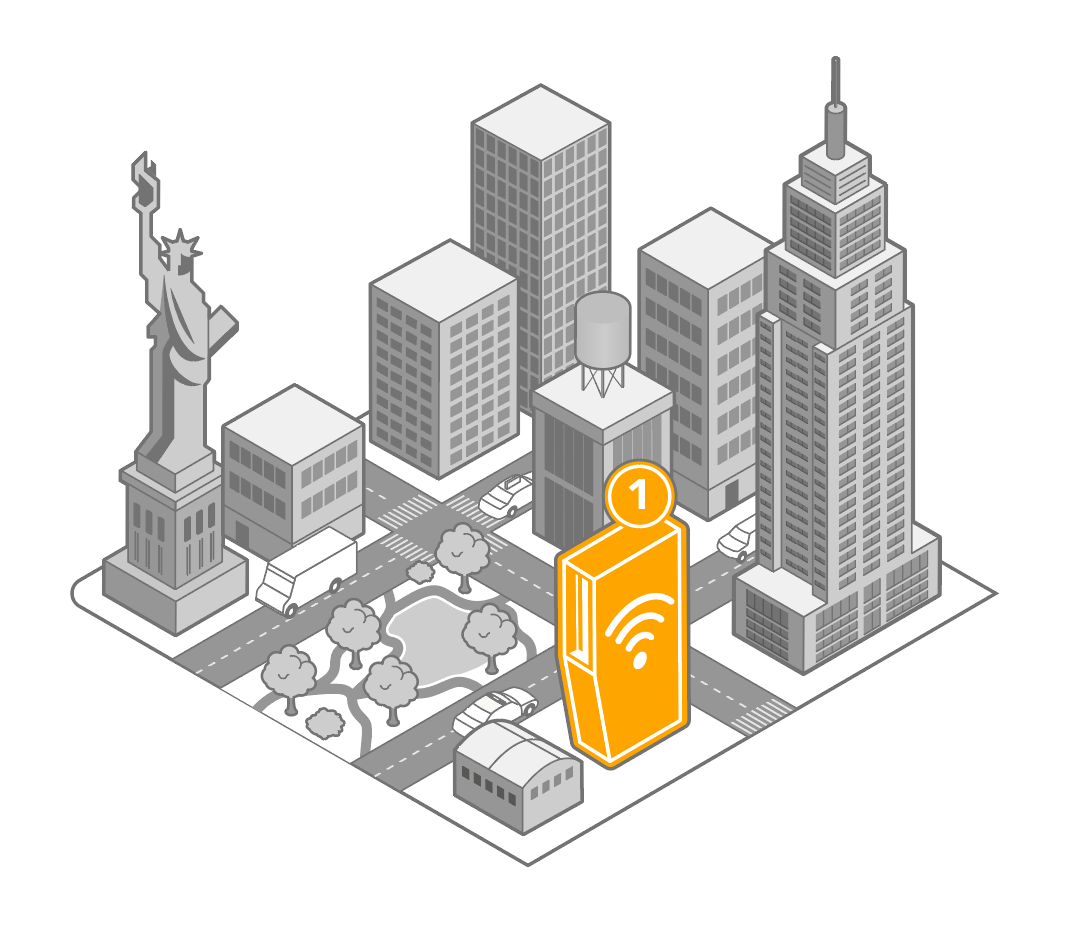
A recent study named New York the top city in the world for technology, innovation and entrepreneurship, with one of the strongest bases in the world for smart city technology and the greatest number of smart city applications. Nearly 300,000 New Yorkers currently work in tech, but the metropolitan area’s digitalisation goes way beyond startups and online media companies. Water and energy meters, waste compactors and telemedicine kiosks are all connected by the Internet of Things (IoT). The New York Office of Technology and Innovation makes data publicly available, allowing developers to create apps which improve community access to municipal services.
Perhaps the most visible beacons of the urban hub’s digital infrastructure are almost 2,000 high-speed digital kiosks. Across the city, NYC replaced payphones to provide the world's largest and fastest free public Wi-Fi network. The kiosks can also be used to charge devices, and a tablet provides access to municipal services, maps and directions.
2. Safer urban mobility in Hamburg
Transport, logistics and mobility have always been central to port city Hamburg’s economy and global image. Today, this puts it at the forefront of modern, low-carbon transit solutions. The Hamburg Climate Plan aims to halve the metropolitan area’s CO₂ emissions by 2030. Its ambitious aim to become a Climate Smart City is driven by a project plan that includes more than 200 projects – from increasing renewable energy supply to the transformation of green spaces, sustainable heating to eco-friendly mobility.
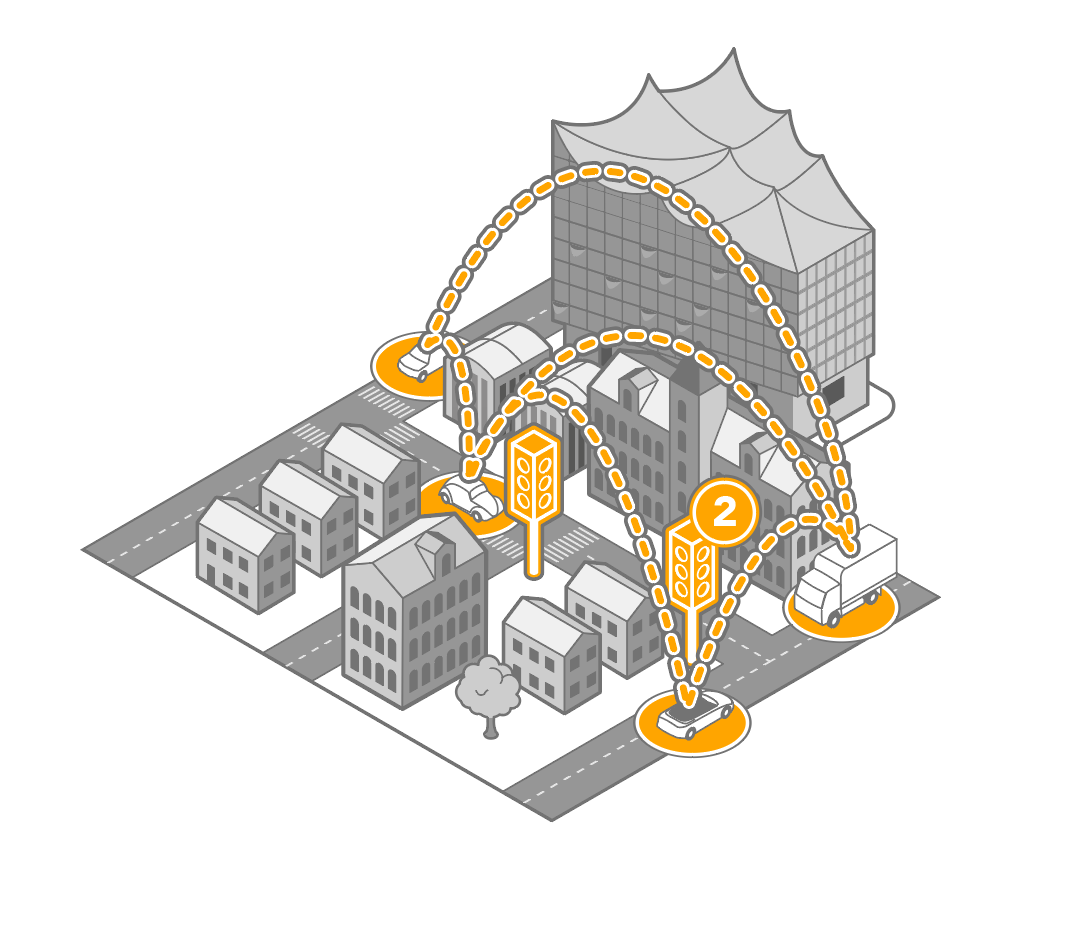
One way urban mobility is becoming more sustainable is through Intelligent Transport Systems (ITS), a holistic traffic management approach. An ITS creates a network connecting every element of urban mobility, from infrastructure, public and private vehicles to goods and passengers, service providers and users. Coordinated, real-time data and information makes traffic, parking, and all forms of urban mobility smarter, more efficient and safer. As Hamburg prepared to host the global ITS congress in 2021, it had already implemented some projects and agreed on a strategy to develop others further.
A lighthouse project which networks vehicles with each other, as well as with dynamically controlled traffic lights, is currently being tested in the Port of Hamburg and could be synced with other ITS pilot projects. It could also easily be augmented with safety features, such as a collision warning system developed by Continental to protect particularly vulnerable road users. Within the proposed system cloud-based calculation of real-time traffic data warns of potential collisions with road users, making the roads safer for all traffic participants. We have already signed a partnership agreement with the city to future-proof its urban mobility with high-tech concepts like this.
3. Use of space in Rotterdam
The Netherlands are uniquely positioned to feel the effects of climate change, with a third of the country lying below sea level. Rotterdam is a post-industrial future city that has been changed significantly through the modernisation and automation of manufacturing and transport. Its port, the largest in the European Union, is affected by every shift in the global economy.
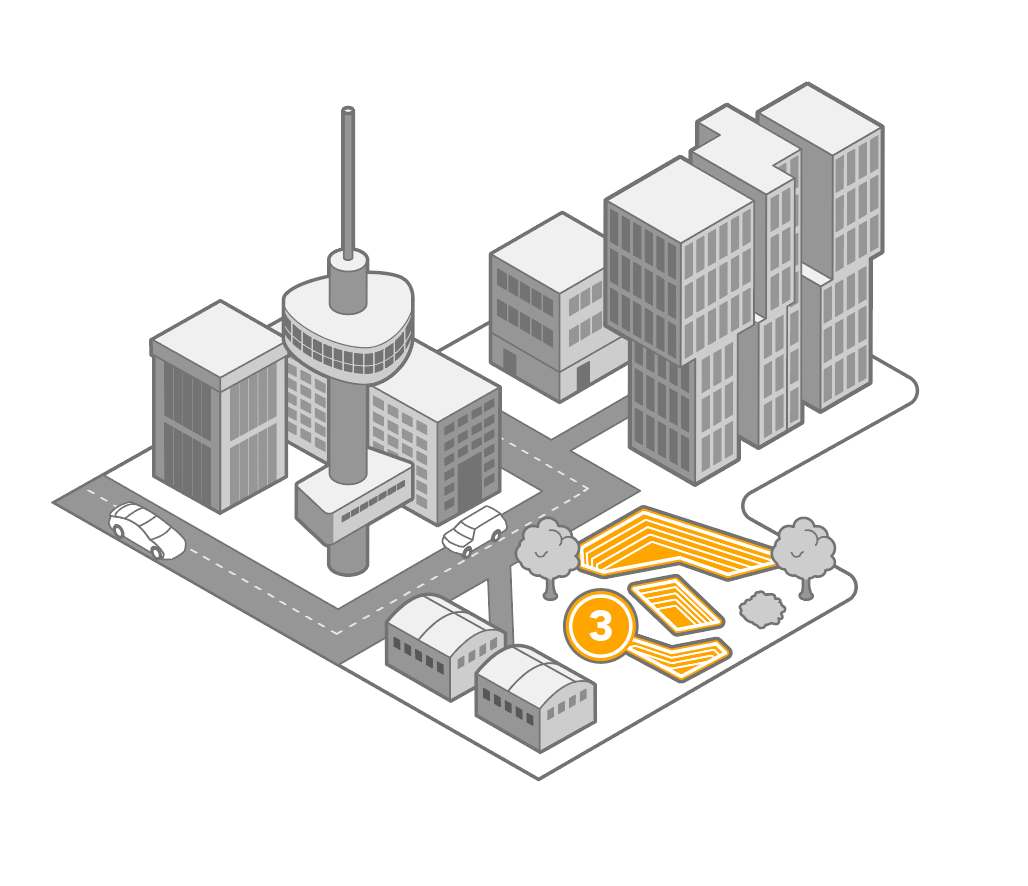
The community has used this challenge as an opportunity to encourage creative projects, embrace change and fuel growth in now-vacant industrial spaces. It is transforming use of space through concepts like the first floating farm in the world, the Smog Free Tower, an air filter for urban areas, and a concept of property guardianship that allows urban ruins to be rented cheaply by creatives and small businesses or startups.
Planners also integrate smart water management into urban architecture to pre-empt the ongoing rise of sea levels due to climate change. The Rotterdam Watersquare makes flood prevention visible – and usable. When it rains, the water’s progress through various basins and storm drains can be observed. Once filtered, the clean water goes to the surrounding green space, is dispensed from a drinking fountain and flows into a baptism bath used by a nearby church. During dry times, the mixed-use construction offers skate ramps, a basketball court, other recreational facilities and an amphitheatre for the neighbouring youth theatre.
4. Public transport in Singapore
Public transport in Singapore is among the world’s most cost-efficient systems, with the highest passenger satisfaction rate in the world. 86% of people are happy with public transit in the community. The urban mobility network is consistently innovative, from infrastructure and hardware through to software and usability. Just this year, Singapore’s Land Transport Authority adopted predictive maintenance, consolidating and integrating information collected from train lines into a database that predicts faults, prevents failures and automatically schedules maintenance.
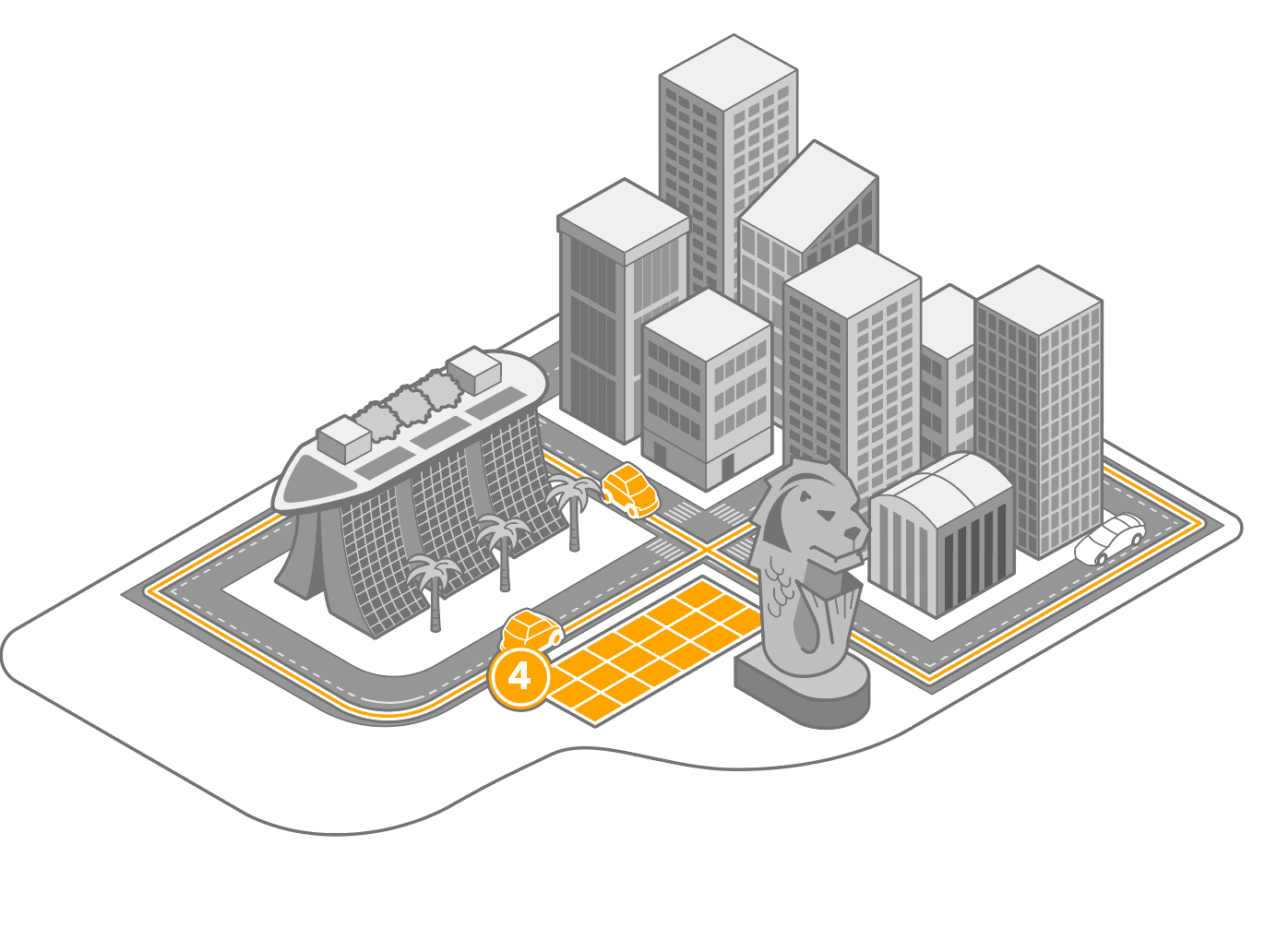
Contactless payment and hands-free automated fare collection are already part of daily routine for commuters, but the recent development of a facial recognition system that can identify commuters as they pass through the fare gates is a futuristic idea that could soon become a real-life application.
However, the most forward-looking aspect of the city-state’s transport model is its advanced testing of autonomous vehicles, which it plans to add to its public transport system by 2022. The concept of the first driverless bus that operated on public roads during a trial period in 2019 is similar to the 100% electric CUbE robotaxi featuring Continental technology, which is being tested in a different Singapore location. In the city of tomorrow, driverless shuttles will close gaps in the network and help commuters reach train stations more efficiently.
5. Air-conditioned sustainable cities in Abu Dhabi
Energy used for heating and cooling contributes significantly to global CO₂ emissions. In Abu Dhabi, the energy to generate cooler air in the desert heat accounts for two-thirds of annual and three-quarters of peak-day electricity use. Thermal discharge from human and machine activity turns urban areas into heat islands, where air and surface temperatures can be 2 to 3°C higher than those of nearby rural areas. Peak temperature differences reach 10°C, or even more under extreme circumstances. A higher urban temperature means more air-conditioning. In Abu Dhabi, the heat island effect is responsible for up to 15% of the annual cooling load. The emirate’s government was the first administration in the region to set up a fully integrated system for district cooling, which can halve energy requirements.
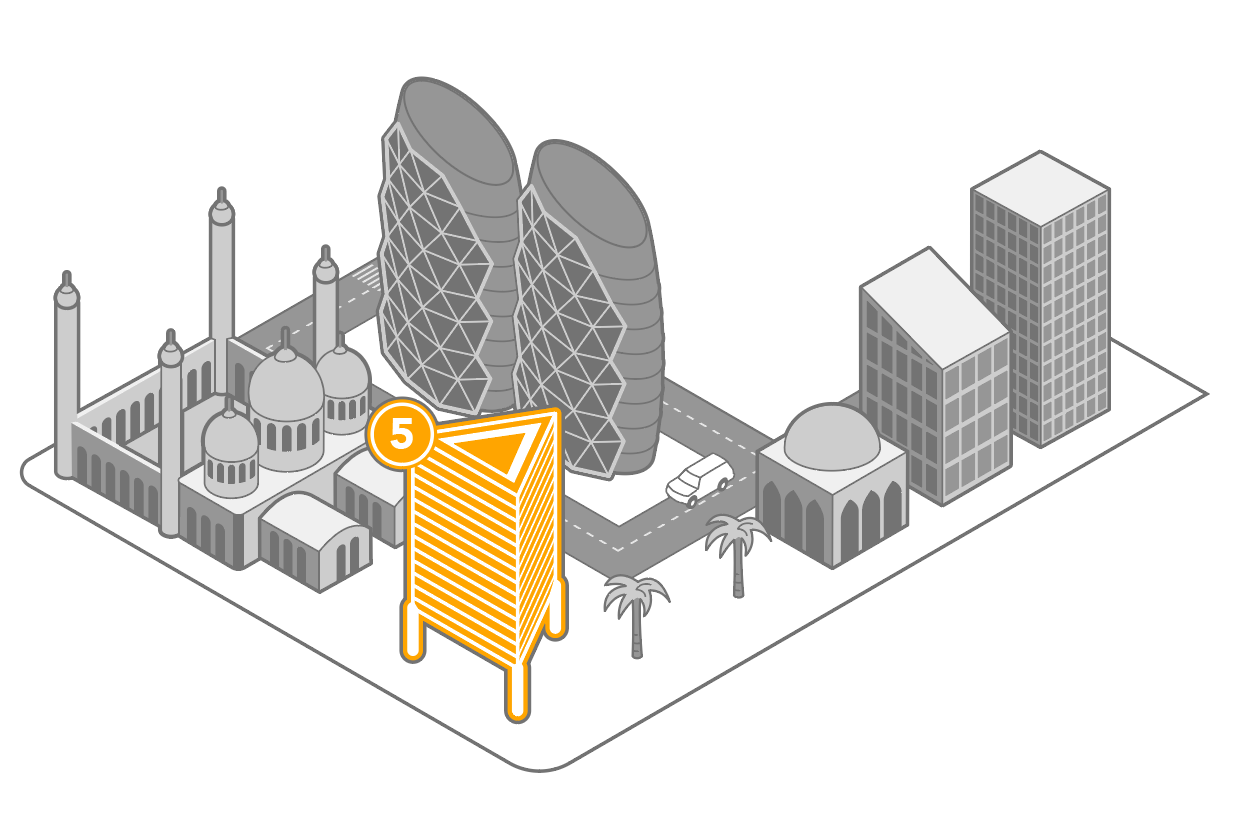
In Al Bahar Towers, one of the community’s landmark buildings, traditional cooling methods meet futuristic urban architecture. The computer-controlled screens that cover the entire façade were inspired by the shade-giving screens found in heritage buildings of the region. They keep the inside cool without blocking out light by responding to the movement of the sun, lowering the energy use for air-conditioning by half.
The planned eco-city Masdar on the outskirts of Abu Dhabi City is generally 15 to 20°C cooler than the surrounding desert. This is achieved by a raised location, urban planning to maximize shade, as well as a wind tower modelled on traditional designs, which pushes a cooling breeze through the streets. Sometimes the cities of the future get their best ideas from the past.